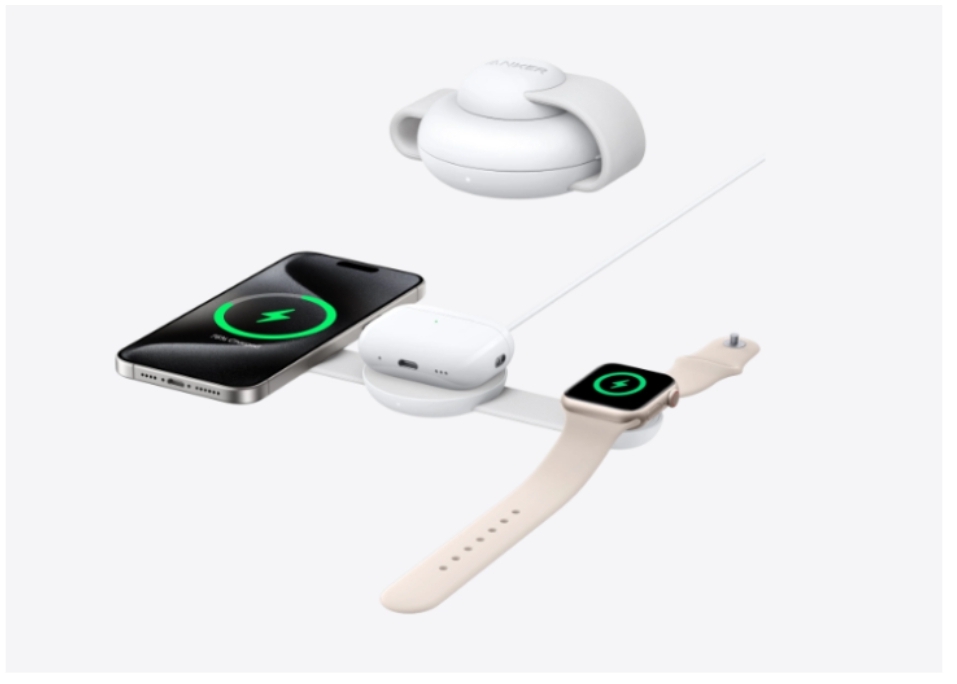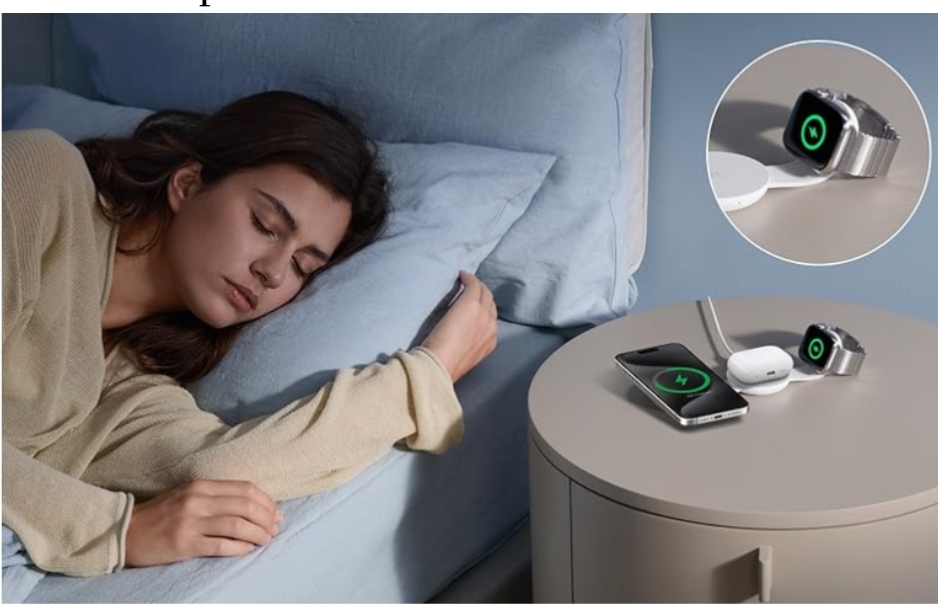How to Choose the Safest Wireless Charger for Your Phone?

Wireless chargers offer convenient cable-free charging but pose unique safety challenges if chosen improperly. Unsafe wireless chargers can cause overheating, permanent battery damage, and even fire hazards due to poor construction and lack of safety features. Understanding how to identify genuinely safe wireless charging solutions protects both your device investment and personal safety. This guide explores essential safety certifications, critical protective features, and smart purchasing strategies to ensure your wireless charging experience remains both convenient and completely secure for long-term device health.

Understanding Wireless Charger Safety Certifications
Common Safety Standards
Reputable wireless chargers carry multiple safety certifications that verify their compliance with international standards. Qi certification ensures compatibility with the universal wireless charging standard, while FCC certification guarantees electromagnetic safety. CE marking indicates European compliance, and RoHS certification confirms the absence of hazardous materials. These certifications represent independent verification that the charger has undergone rigorous testing for electrical safety, thermal performance, and electromagnetic compatibility. Choosing certified products ensures your charger meets established safety benchmarks while providing reliable performance across compatible devices.
To Verify Certifications
Always verify certifications through official channels before purchasing. Check product packaging for legitimate certification logos with proper sizing and clarity. Visit manufacturer websites to confirm certification status through their product documentation. Be wary of counterfeit certifications shown as blurry stickers or poorly printed labels. For Qi certification, verify through the Wireless Power Consortium’s official database. These verification steps take minimal time but provide crucial assurance that your wireless charger meets all necessary safety standards for reliable, risk-free operation.

Key Safety Features to Look For
Overcharge and Over-Discharge Protection
Advanced wireless chargers incorporate intelligent circuitry that prevents overcharging and over-discharging. Overcharge protection automatically reduces power or stops charging completely once your device reaches full capacity, preventing battery stress and potential swelling. Over-discharge protection safeguards the charger’s internal components from damage caused by excessive power drainage. These features work together to maintain optimal battery health for both your phone and the charging system, extending the lifespan of all connected devices while ensuring consistent, safe charging performance.
Temperature Control and Heat Dissipation
Effective thermal management is crucial for wireless charging safety. Quality chargers feature multiple temperature sensors and advanced heat dissipation systems, including cooling fans, heat sinks, or thermal gel layers. These systems continuously monitor and regulate operating temperatures, automatically reducing power output if excessive heat is detected. Proper thermal control prevents overheating that can damage your phone’s battery and internal components, ensuring safe operation even during extended charging sessions. This protection is particularly important for fast wireless charging where heat generation increases significantly.
Foreign Object Detection (FOD)
Foreign Object Detection is a critical safety feature that automatically stops power transmission when metal objects like keys, coins, or jewelry are placed on the charging surface. This prevents these objects from heating up and potentially causing burns or fire hazards. Advanced FOD systems can distinguish between compatible devices and foreign objects with high accuracy, preventing unnecessary charging interruptions while maintaining robust safety protection. This feature is essential for household safety, particularly in homes with children or pets where small metal items might accidentally contact the charging surface.
How to Choose the Right Wattage and Compatibility?
Matching Wattage to Your Phone’s Needs
Select appropriate wattage based on your phone’s wireless charging capabilities. Most modern smartphones support 7.5W-15W wireless charging, while some flagship models handle up to 50W. Using excessively high wattage on incompatible devices can cause overheating and battery damage. Check your phone’s specifications to determine its maximum supported wireless charging speed. For optimal safety and performance, choose a charger that matches your device’s capabilities rather than automatically selecting the highest available wattage, unless you specifically need faster charging for compatible devices.
Compatibility with Phone Models
Ensure charger compatibility with your specific phone model and charging technology. Standard Qi wireless charging works with most Android flagships and iPhone 8 and later. iPhone 12 and newer models support MagSafe for optimized alignment and faster charging. Some brands like Samsung and Google offer proprietary fast charging technologies that require specific chargers for maximum performance. Verify compatibility through your phone manufacturer’s website or the charger’s product specifications to ensure optimal charging efficiency and safety.
Where to Buy and How to Avoid Scams?
Trusted Retailers and Brands
Purchase wireless chargers from established brands like Anker that maintain consistent quality control and safety standards. Buy directly from manufacturer websites, authorized retailers, or reputable electronics stores. Avoid unknown third-party sellers on marketplaces offering suspiciously low prices, as these often indicate counterfeit or substandard products. Established brands invest in proper safety testing and typically provide better customer support, ensuring you receive a quality product that performs reliably while meeting all necessary safety requirements.
Reading Reviews and Checking Warranties
Thoroughly research products through multiple review sources before purchasing. Professional technology websites provide detailed safety and performance analysis, while user reviews reveal real-world reliability and potential issues. Look for consistent feedback about heating problems, charging inconsistencies, or premature failures. Choose products with comprehensive warranties covering at least 12-24 months, indicating manufacturer confidence in product durability. Reliable return policies allow testing to ensure the charger meets your safety and performance expectations before committing to long-term use.
Conclusion
Choosing the safest wireless charger requires careful attention to safety certifications, protective features, and reputable sources. Prioritize Qi-certified products from established brands that incorporate essential safety mechanisms like temperature control and foreign object detection. Verify compatibility with your specific phone model to ensure optimal performance without unnecessary risks. Remember that investing in quality wireless charging accessories protects both your device and personal safety, providing reliable convenience without compromising security. By following these guidelines, you can enjoy the benefits of wireless charging while maintaining complete confidence in your charging setup’s safety and reliability.



